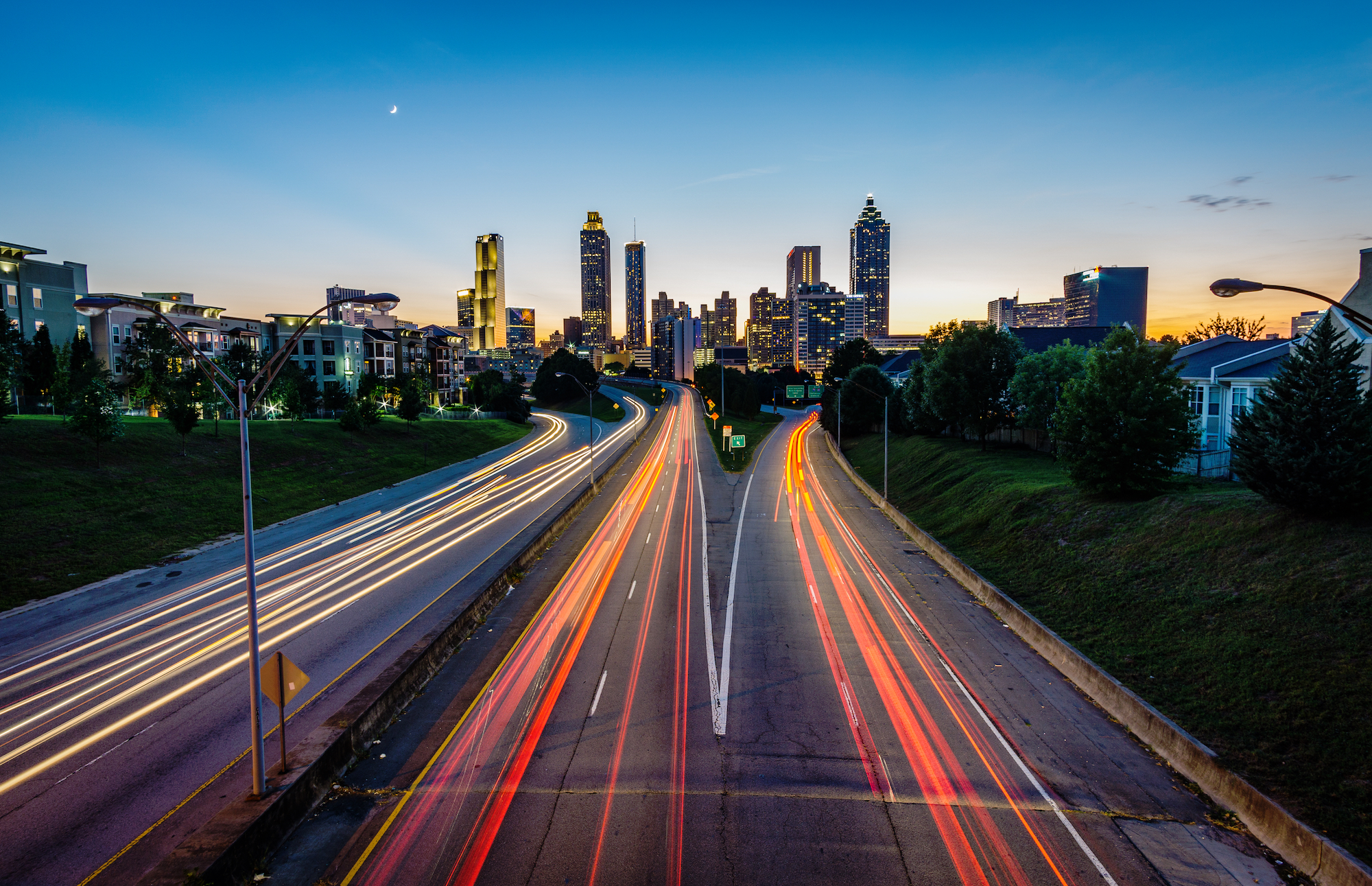
Tweet chat: Re-imagining Urban Mobility
février 18, 2014 — Uncategorized
Adapting and advancing urban mobility is a challenge cities face today, and will continue to face in the coming years. On February 12 we hosted a tweet chat dedicated to the issue, asking our featured guests to discuss their views on how we will, or should, move around cities in the future.
Moderated by the NewCities Foundation – @newcitiesfound, our Re-imagining Urban Mobility Tweet chat was animated by featured guests from the academic, media, public and private sectors. Over the course of one hour, we critically analyzed the essential role urban mobility plays in our lives.
#Tweet Chat featured guests:
NYU Marron Institute, Oasis500, Ericsson Networked Society, Kevin Manaugh (Professor @ McGill University), Charlie Hale (Public Policy & Government Affairs @ Google), Patricia Byington (Sustainability Practitioner in Sao Paulo, Brazil), The Climate Group, Bike League, Groupe Chronos, Maria Teresa Diniz (Executive Coordinator @ USP Cidades, University Sao Paulo Cidades), Elaine Hsieh (VERGE Program Director & Senior Analyst at GreenBiz Group), Mobility Lab, Bike Texas, Charbel Aoun (Senior Vice President – Smart Cities at Schneider Electric), The Crystal (A sustainable cities initiative by Siemens), Diana Lind (Executive Director & Editor in Chief of Next City), Jérôme Pourbaix (Head of Policy & Outreach @ UITP), Mohamed Mezghani (Deputy Secretary General of UITP).
#Tweet Chat highlights
Our Tweet chat looked at many issues relating to urban transport, from ‘big picture’ ideas to specific examples and challenges. Here are some highlights.
What are the most innovative modes of transportation that can help us rethink how we move around?
We dived into the discussion asking what participants believed was the most forward-thinking mode of transportation.
Driverless cars! All steered by sensors and data, no driver needed – we can all read and relax. @Networked_Soc
Vehicle-to-vehicle & vehicle-to-infrastructure integration, enabling more connectivity, safety & fuel efficiency. @elaineishere
Still believe we have a ways to go in prioritizing walking as transit mode-cheap, healthy, no carbon impact. @diana_m_lind
Is high density a prerequisite for an efficient public transportation system? What about congestion?
This question addressed whether a more compact transport system makes for more or less congestion.
Many rural Virginia TDM agencies help people get to places without the need for driving. @MobilityLabTeam
2050 China projection 900 motor vehicles=total nbr of world vehicles today. Trade-offs for high density living. @CJAoun
What advantages do new cities have when planning public transport? What is the recipe for a successful transportation plan?
We then focused on the advantage that brand new cities have, in their capacity to think ahead and plan more efficient transit systems.
Recipe = true multimodal planning, thinking about connections by modes. Not separate systems – integrated ones. @BikeLeague
Recipe? Maybe equal parts density, proximity, access to inter-city rail, safe streets for walking and cycling. @KManaugh
New cities can plan for all users/modes from the beginning instead of having to retrofit later. @BikeTexas
New cities have advantage in that they can make choices at the technology frontier with fewer constraints from legacy systems. @NYUMarron
The planned distribution of activities in the urban space to minimize commuting distances. @patbyi
Do cities need to re-think the ways in which public transport is funded and priced?
We questioned the way we traditionally view and use public transportation, asking if there’s an alternative.
Yes, and need a free option, accessible option for elderly and other consumers. Huge fan of what Tallin did. @mainercharlie
Gov’t schemes=lower risk funding access and analysis shows EV fleets=lower overall costs: ow.ly/tyhTc @ClimateGroup
Pricing should be segmented as much as possible and related to the service provided and the customer profile. @MedMezghani
Which cities are leading the way in smart, sustainable mobility solutions?
Asian and Scandinavian cities seemed to rank highly in the list of smart transport solutions noted by our featured guests:
Seoul transformed an urban highway into a river and reduced congestion. @jp_uitp
There are many great examples, on different scales and contexts. And their solutions don’t necessarily apply to other places. @te_dinz
Singapore’s Intelligent Transport System won a C40 Siemens Award. An interesting project. http://bit.ly/1hLIVCw @thecrystalorg
Lund (Denmark) has a comprehensive plan to foster biking, getting businesses involved in the process. @GroupeChronos
Thank you!
Thanks to all our featured guests and to all others who joined the conversation. We hope to hear from you again in our next Tweet chat session on March 12, which will focus on the role of technology in re-imagining cities.
You can view more highlights of the conversation here on Storify.
To find out more about the NewCities Summit 2014, visit www.newcitiessummit2014.org and check the #NCS2014 hash tag on Twitter